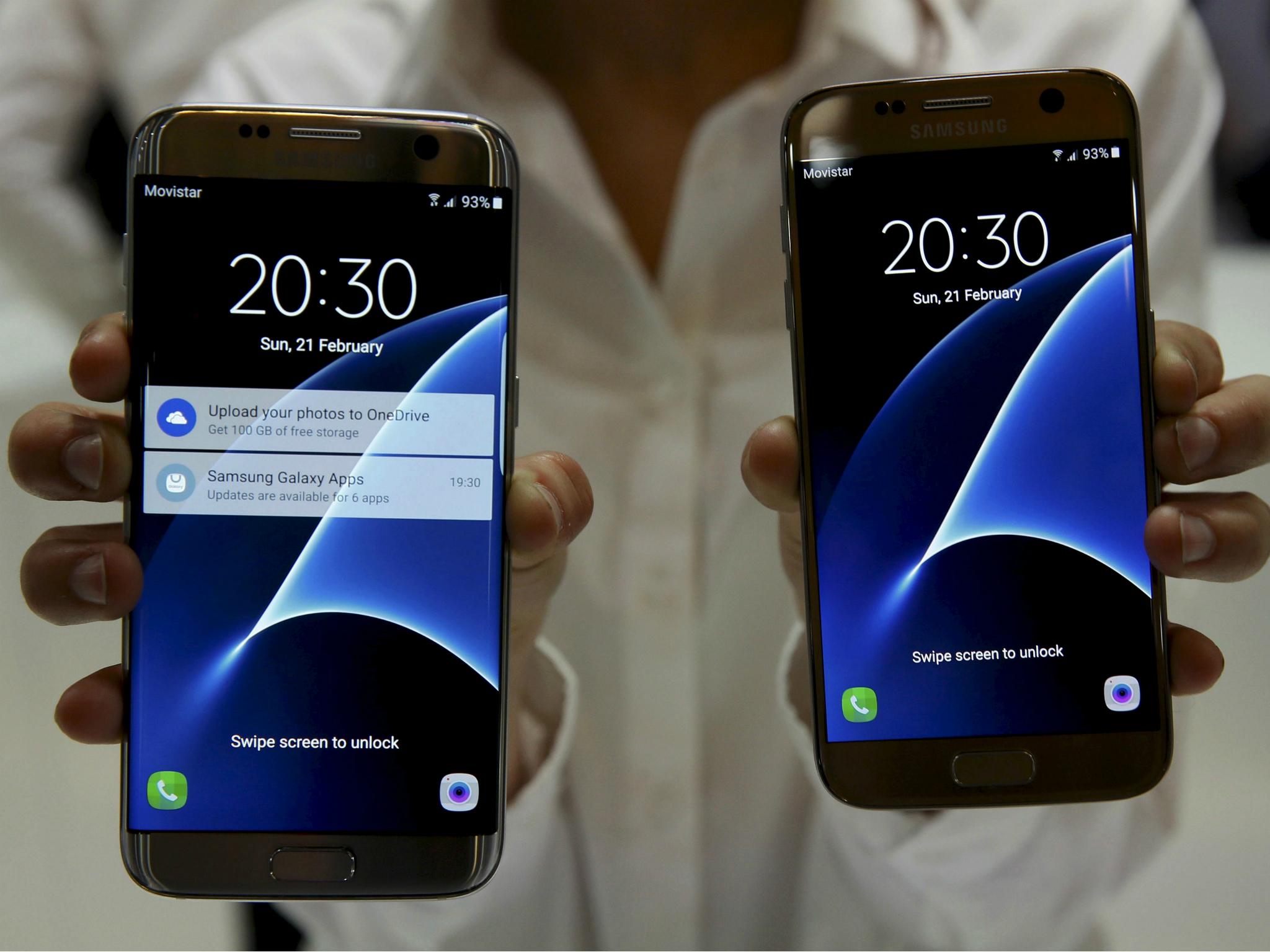Samsung Galaxy S8 Plus could make the iPhone 7 Plus look small
Apple's largest phone uses a 5.5-inch display, but its main rival's next flagship is expected to top the 6-inch mark

Your support helps us to tell the story
This election is still a dead heat, according to most polls. In a fight with such wafer-thin margins, we need reporters on the ground talking to the people Trump and Harris are courting. Your support allows us to keep sending journalists to the story.
The Independent is trusted by 27 million Americans from across the entire political spectrum every month. Unlike many other quality news outlets, we choose not to lock you out of our reporting and analysis with paywalls. But quality journalism must still be paid for.
Help us keep bring these critical stories to light. Your support makes all the difference.
That Samsung is planning to release two different-sized models of the Galaxy S8 has long been common knowledge, but new leaks add weight to the suggestion that the larger version of the phone will dwarf most other handsets on the market.
The latest speculation suggests that the South Korean firm will launch a 6.2-inch version of the S8, which will be called the Galaxy S8 Plus.
The smaller S8, meanwhile, will feature a screen measuring 5.8 inches.
For comparison, the ill-fated Note 7 – Samsung’s flagship large-screened handset before it was recalled and discontinued – used a 5.7-inch display, and last year’s S7 and S7 Edge used a 5.1-inch screen and 5.5-inch screen, respectively.
The iPhone 7 Plus, Apple's largest smartphone, has a 5.5-inch display.
One of the reasons behind Samsung’s seemingly super-size approach is the Galaxy S line’s striking new design.
The S8 is expected to feature a dual-edge curved “infinity display”, which is said to cover 83% of the handset’s front panel.
That should help the company keep the new handsets relatively compact, but most users will still struggle to reach all areas of those screens with one hand.
The home button has been scrapped and the Samsung logo appears to have been shifted to the phone’s rear panel, where it will sit beneath a rather curiously positioned fingerprint sensor.
The phone is also expected to use a 2,560 x 1,440 Quad HD Super AMOLED display, a 12-megapixel main camera, a USB Type-C port, an AI assistant and a headphone jack.
Samsung hasn’t yet sent out invitations to a launch event, but the phones are widely expected to be unveiled in late March and released in April.
Join our commenting forum
Join thought-provoking conversations, follow other Independent readers and see their replies
Comments